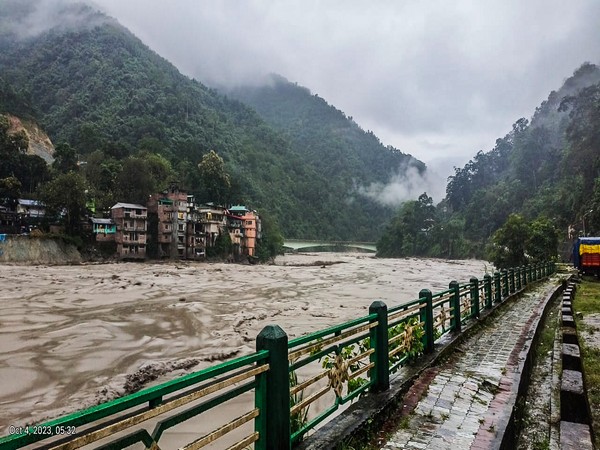A Himalayan glacial lake burst its banks in India on Wednesday, killing at least 14 people and leaving more than 100 missing, as it sent a torrent of water, mud, and rocks down a mountain valley.
The flood swept away a hydroelectric power plant and damaged another one, and also caused widespread damage to homes and infrastructure in the villages of Tapovan and Raini.
Rescuers continue to search for the missing people, but they are facing difficulties due to the challenging terrain and the risk of further landslides.
The Indian government has announced a compensation package for the families of the victims and has launched an investigation into the cause of the flood.
Glacial Lake Outburst Floods (GLOFs)
GLOFs are a type of natural disaster that occurs when a dam formed by a glacier or moraine collapses, releasing a large volume of water and debris.
Several factors, including climate change, heavy rainfall, and earthquakes, can cause it.
Lastly, GLOFs can be extremely destructive, and can cause widespread damage to infrastructure and communities.
The Link Between Climate Change and GLOFs
Climate change is increasing the risk of GLOFs in the Himalayas.
As the Earth’s temperature rises, glaciers are melting at an accelerated rate. This meltwater can form new glacial lakes, or increase the volume of existing lakes.
In addition, climate change is leading to more extreme weather events, such as heavy rainfall. Heavy rainfall can weaken the dams that hold back glacial lakes, making them more likely to collapse.
What Can Be Done to Reduce the Risk of GLOFs?
There are a number of things that can be done to reduce the risk of GLOFs, including:
- Monitoring glacial lakes and dams for signs of instability
- Early warning systems to alert communities of impending floods
- Engineering measures to strengthen dams and reduce the flow of water from glacial lakes
Conclusion
The Himalayan glacial lake flood in India is a reminder of the growing threat of GLOFs in the region.
Climate change is increasing the risk of GLOFs, and it is important to take steps to reduce the risk to communities and infrastructure.









